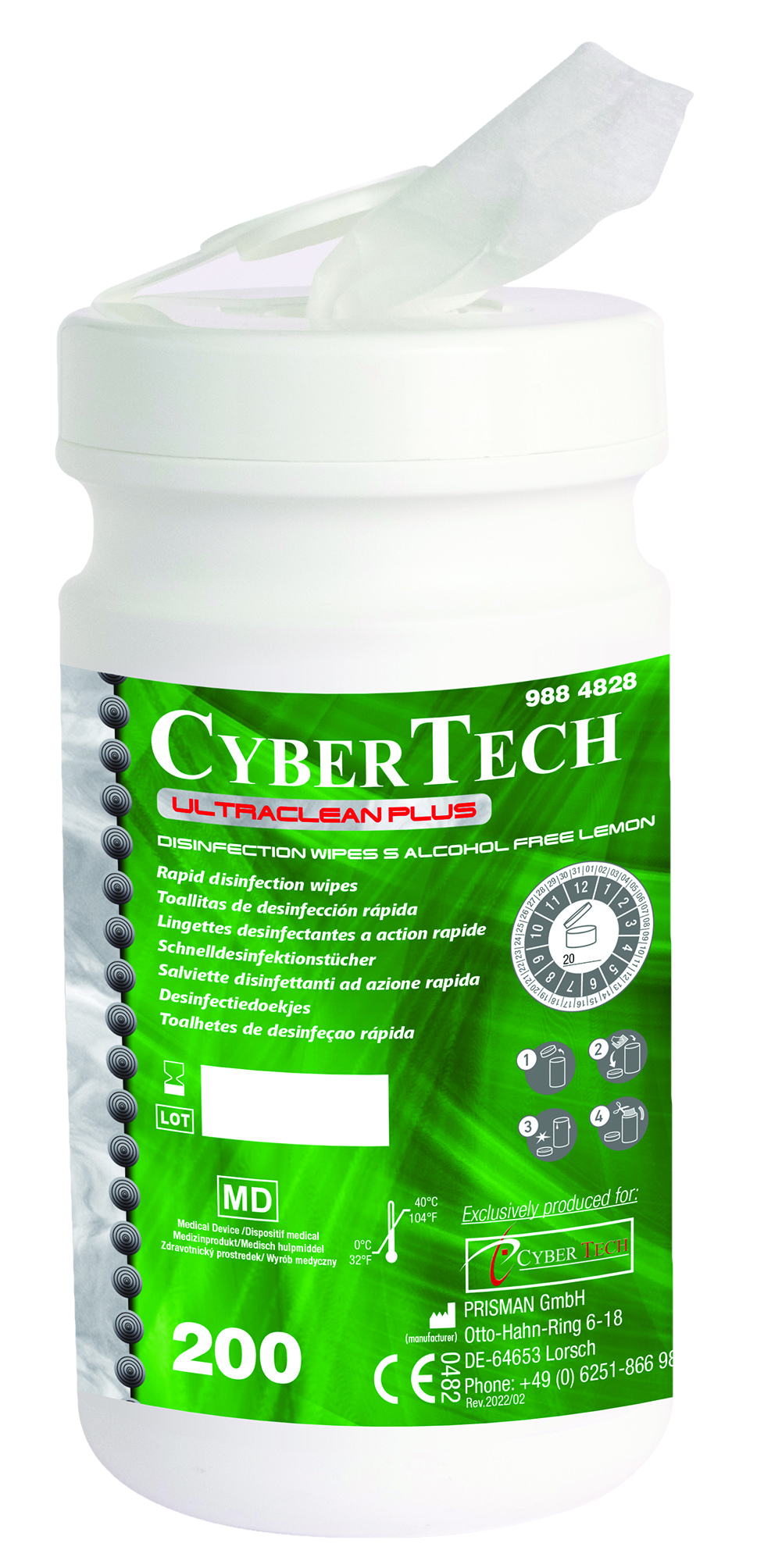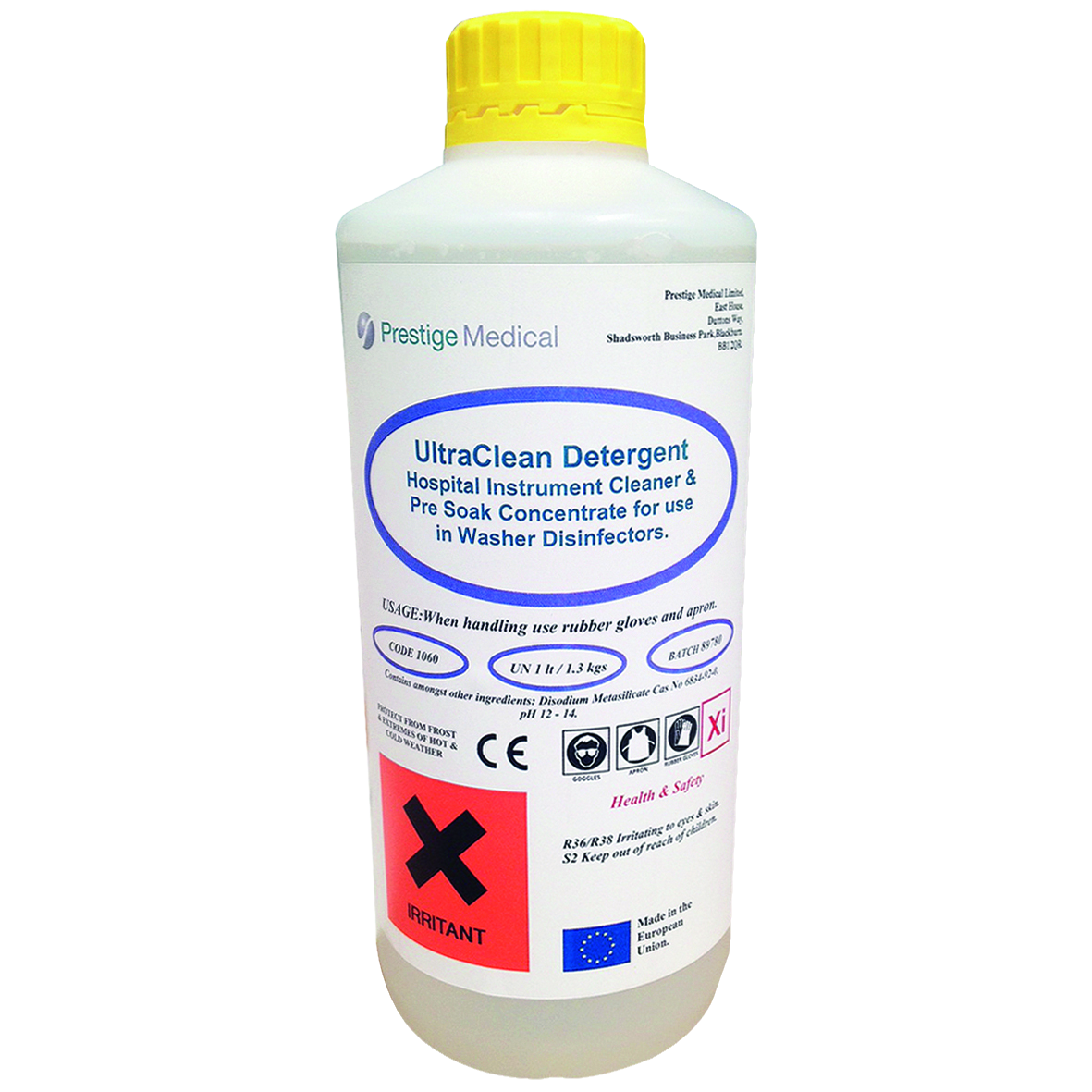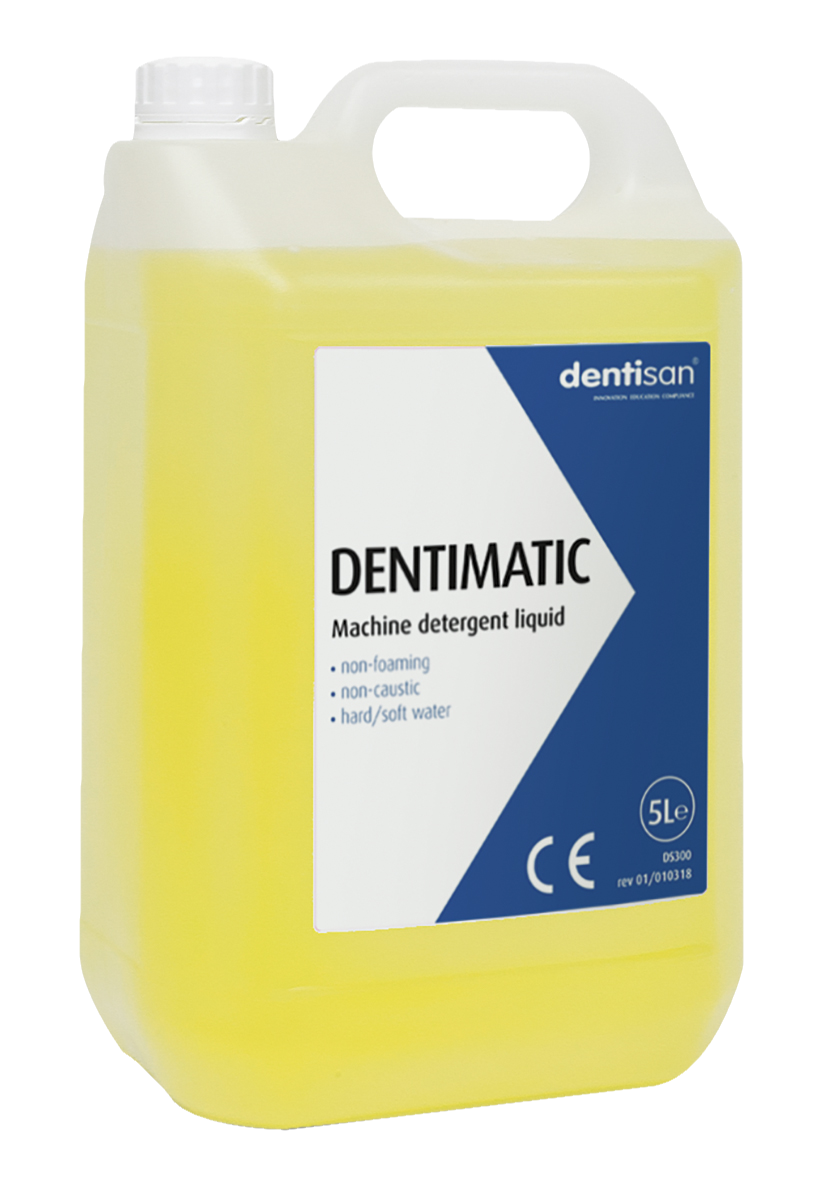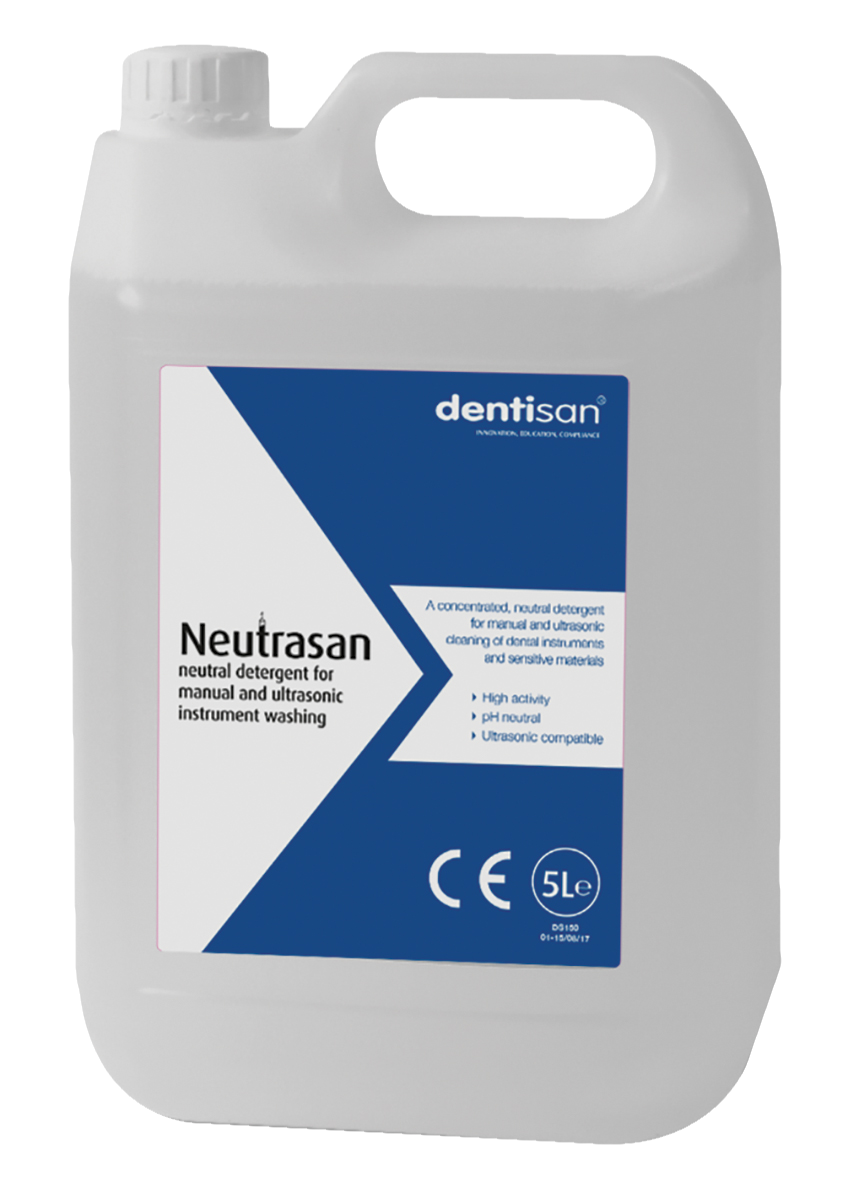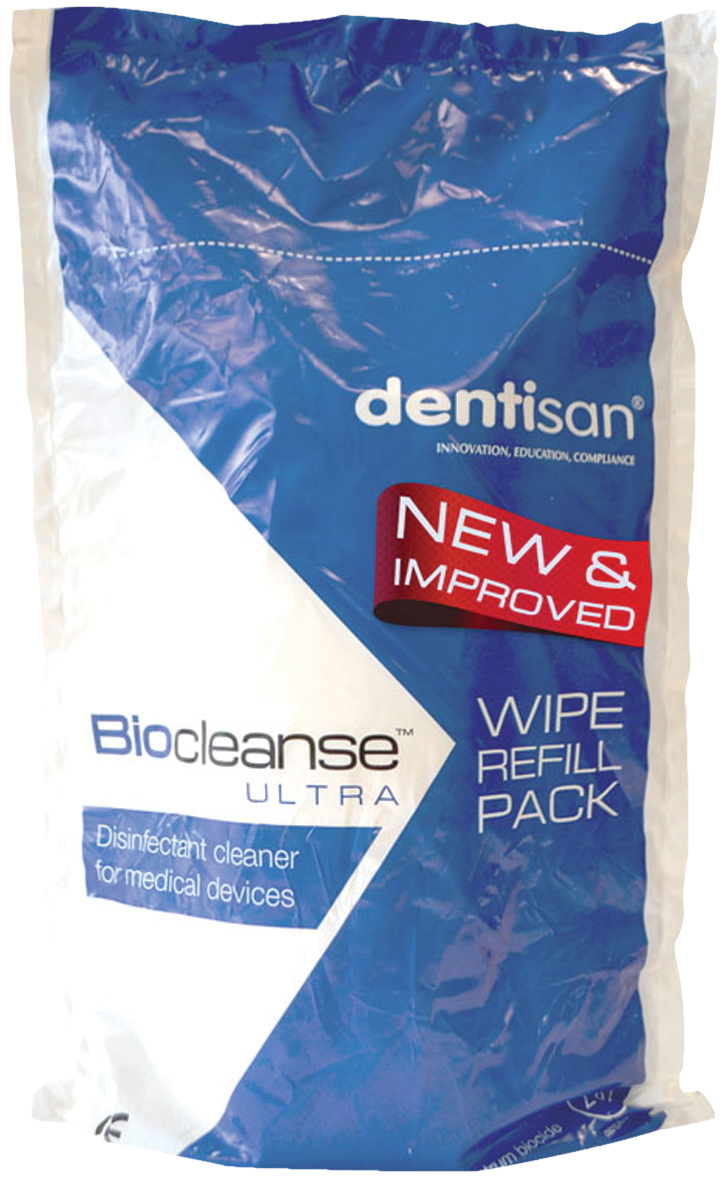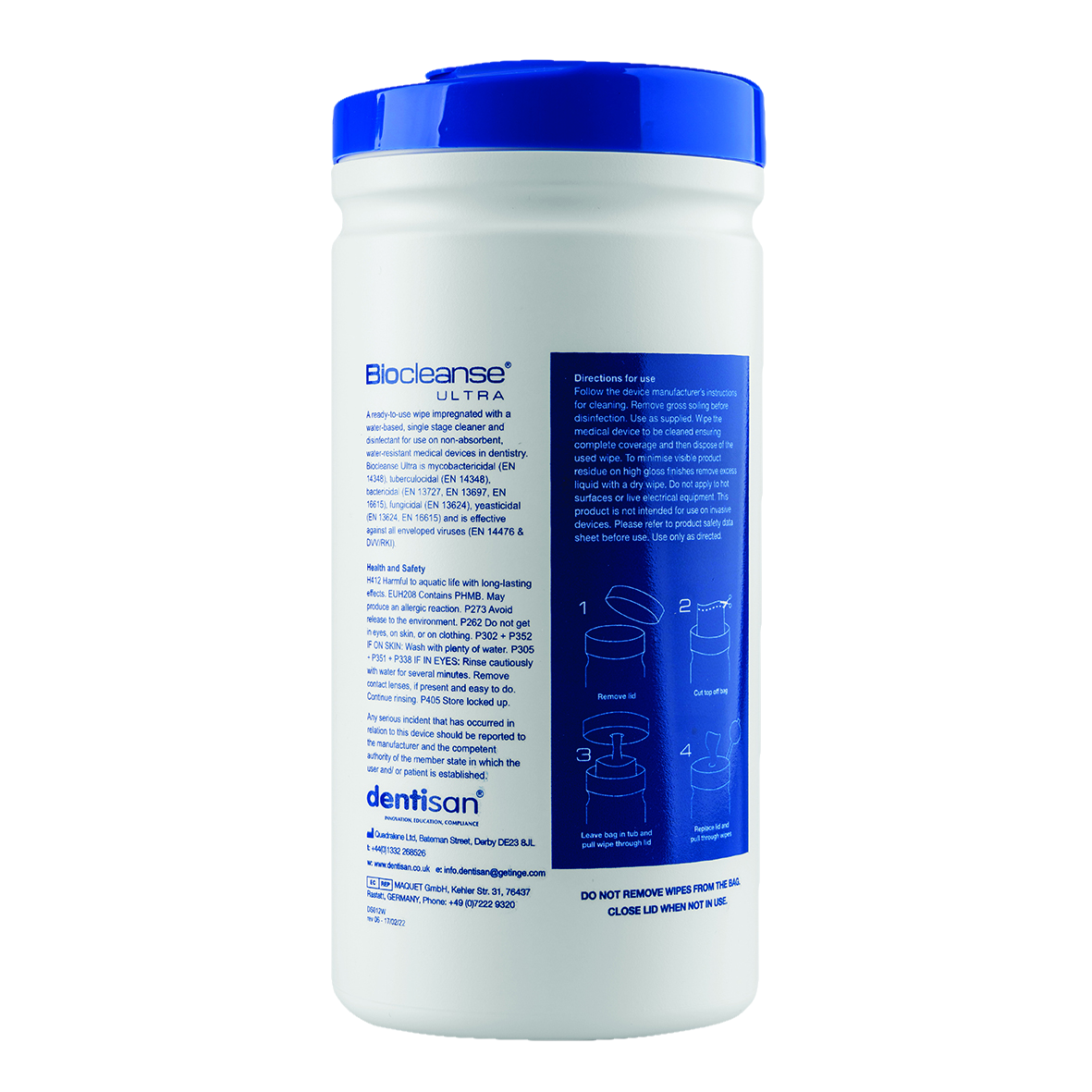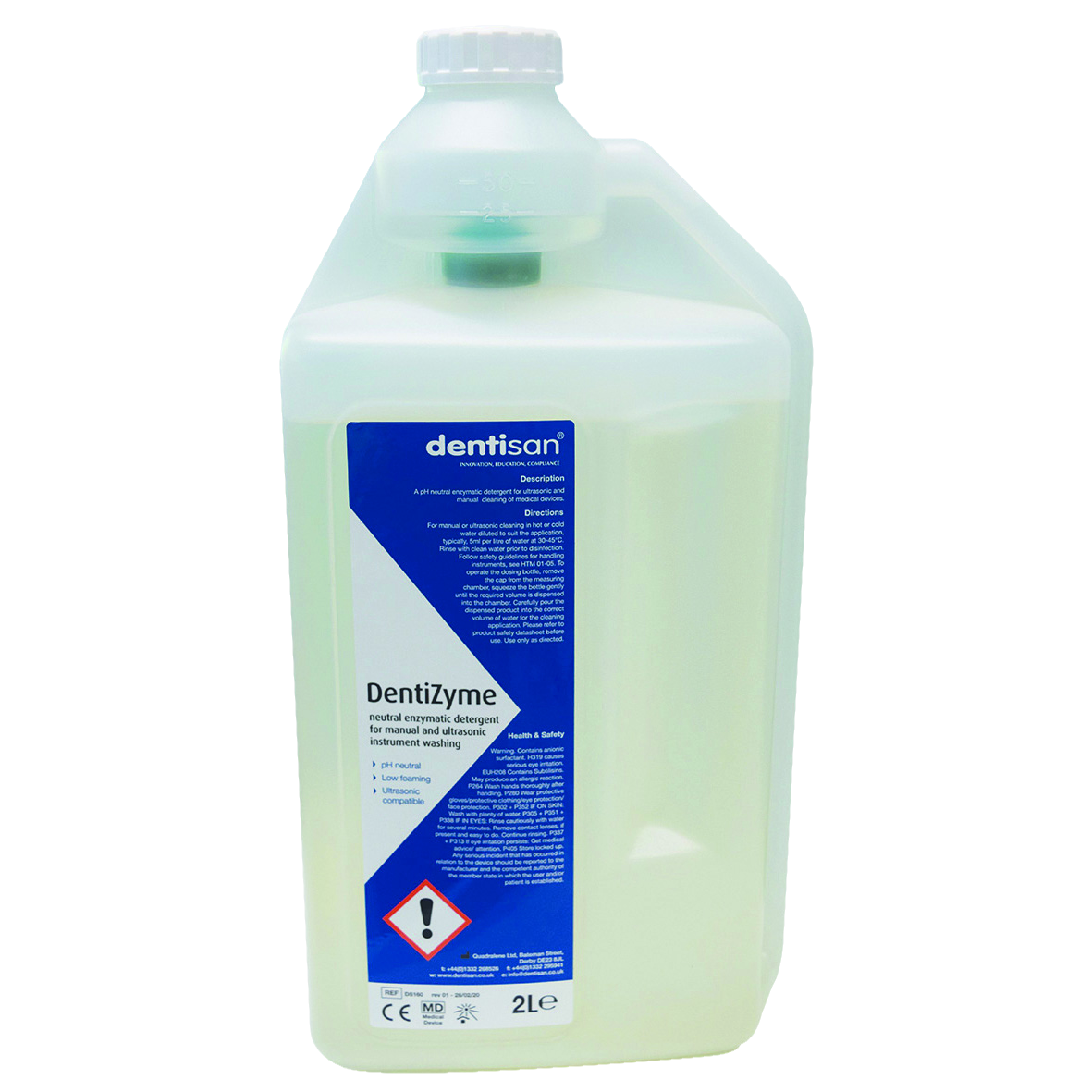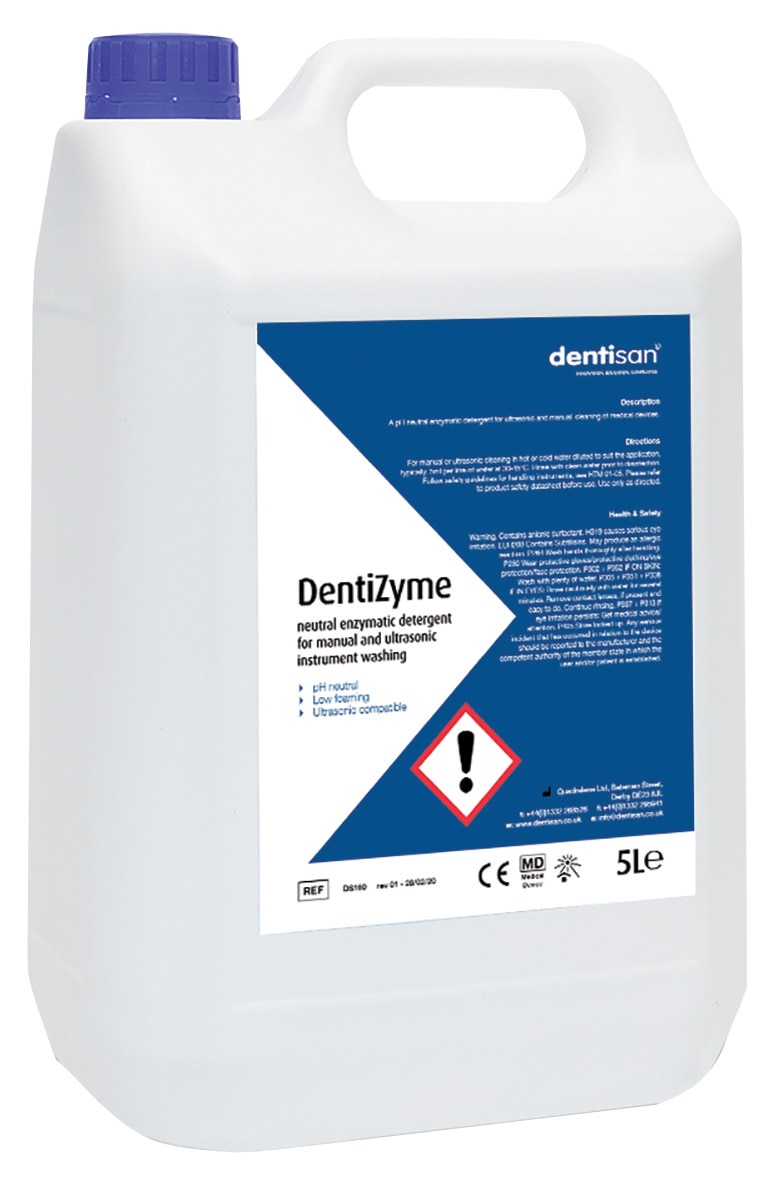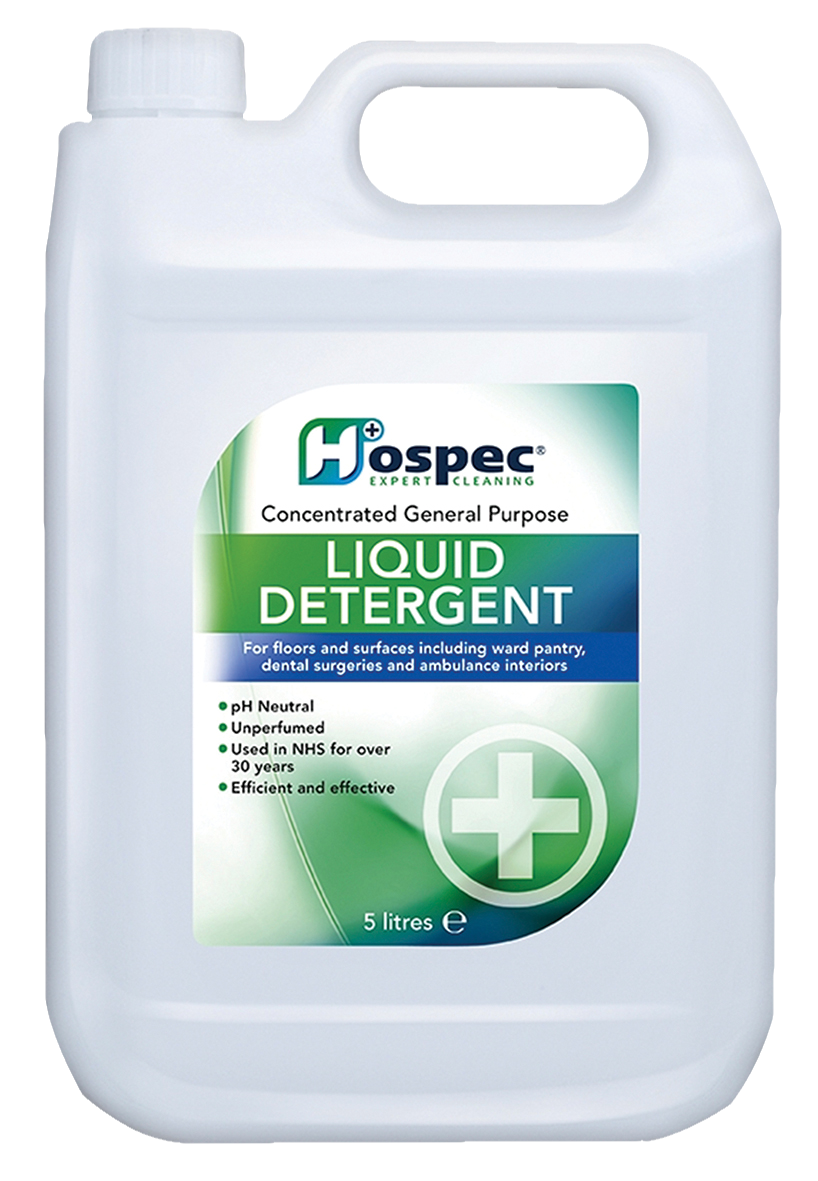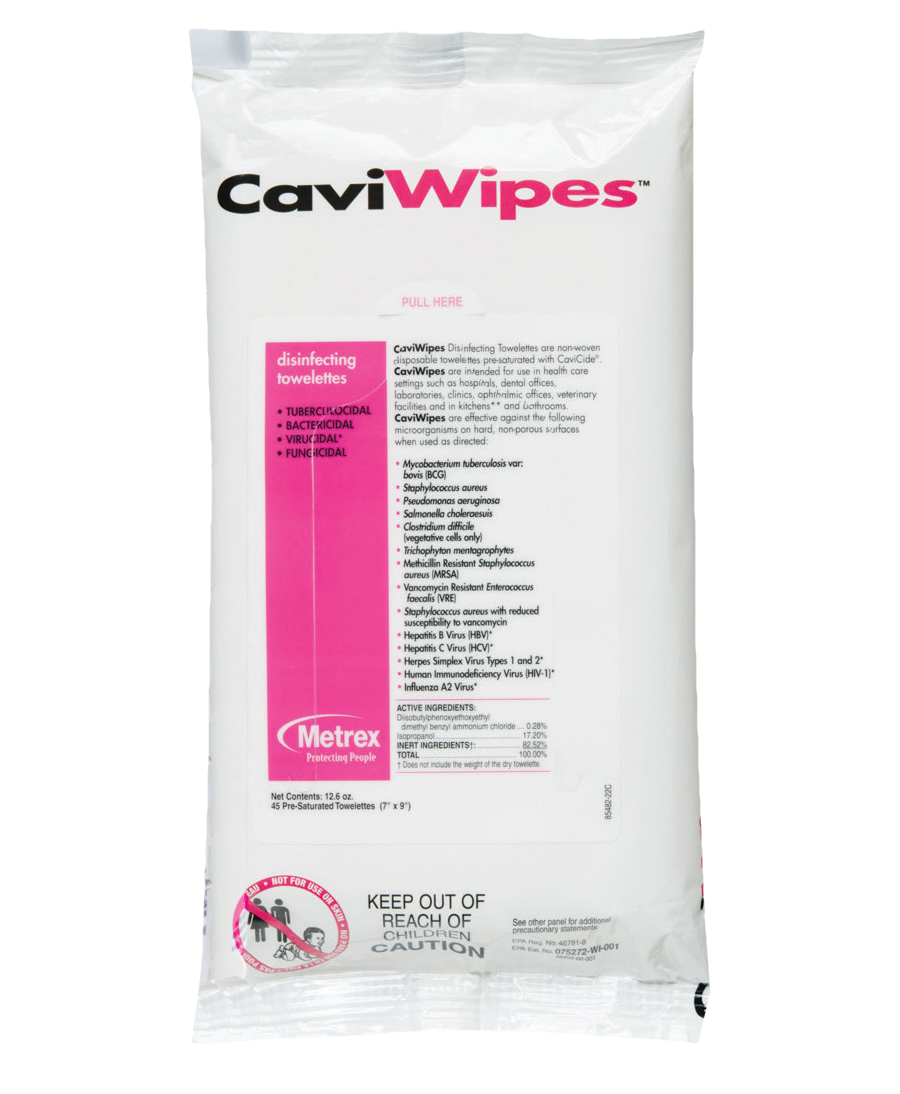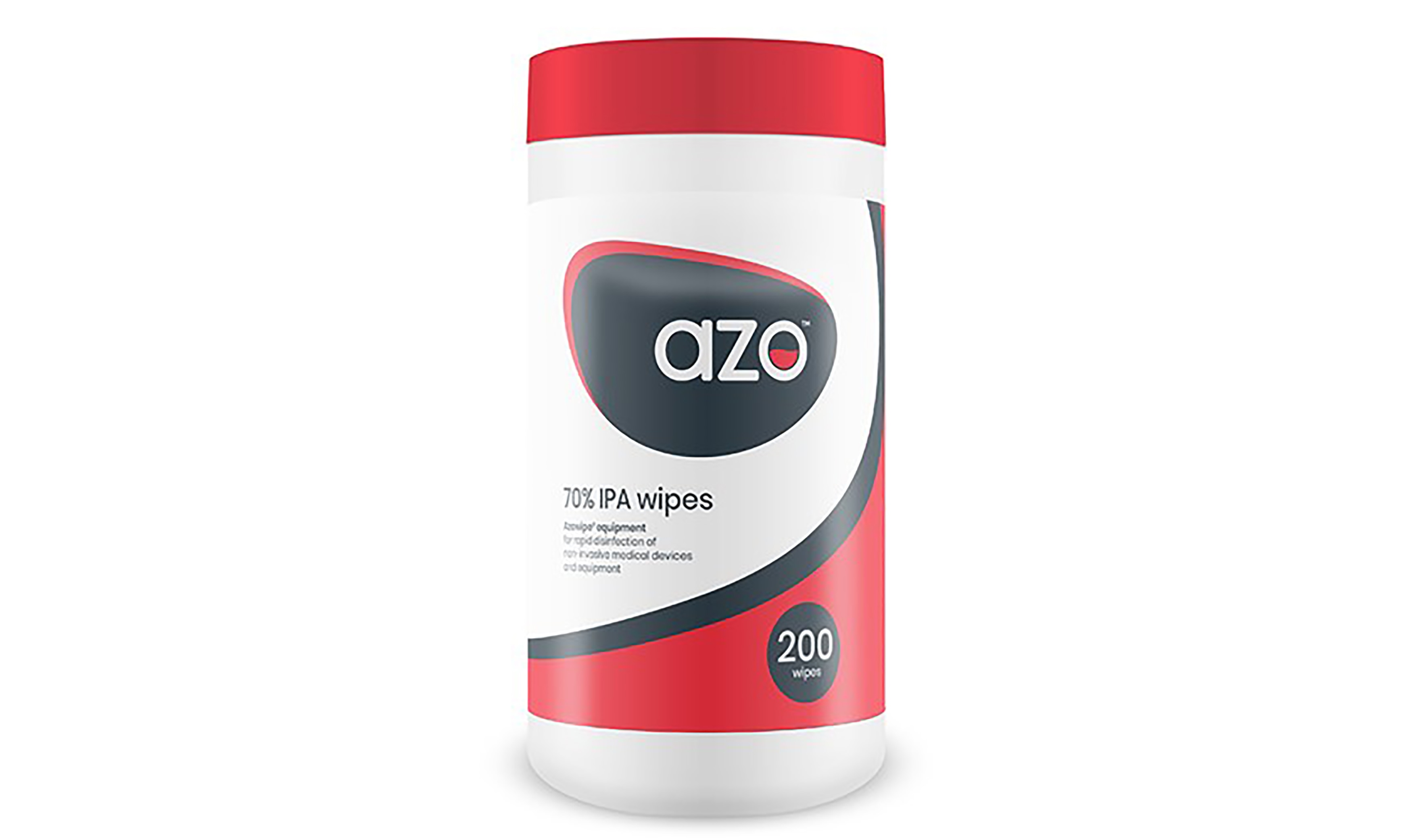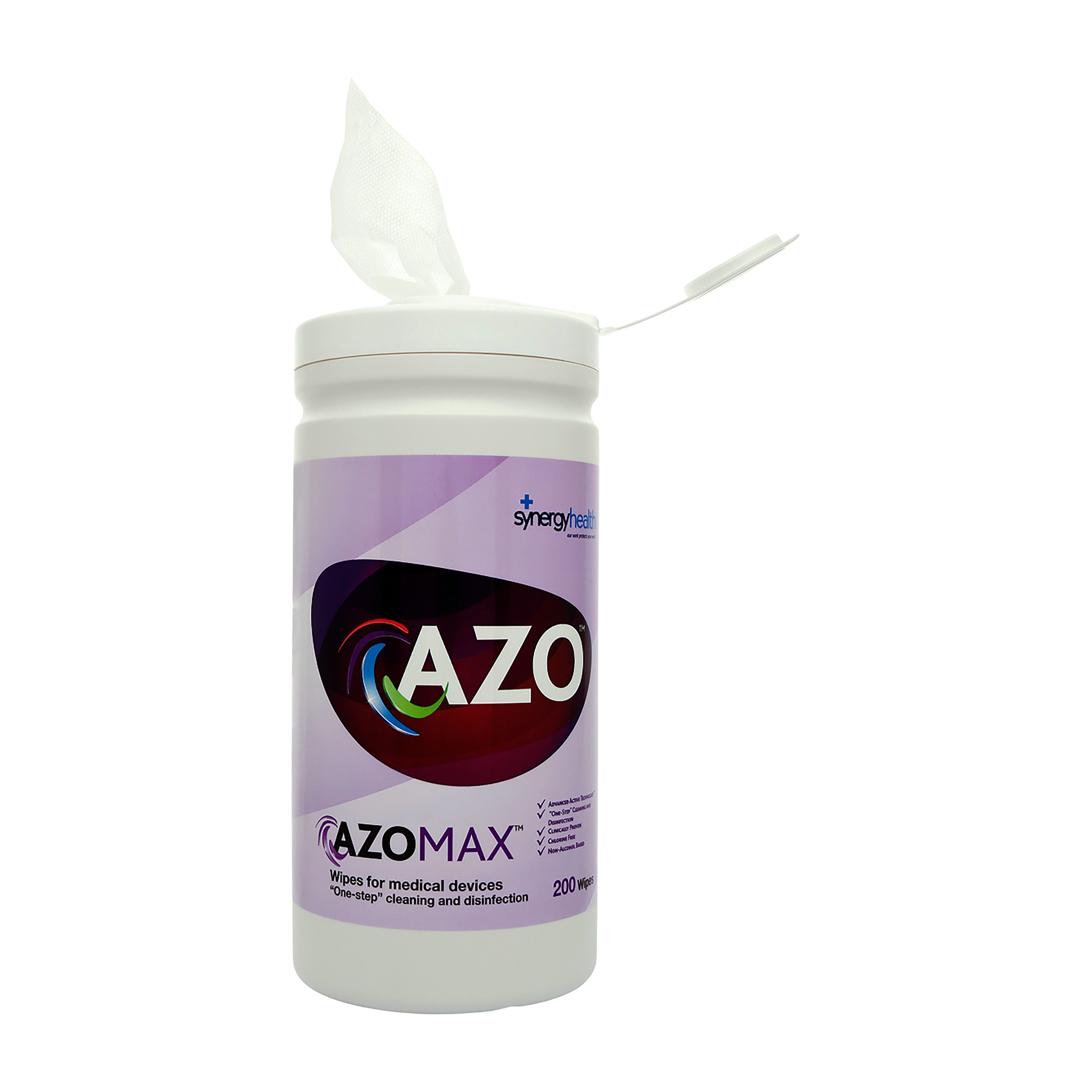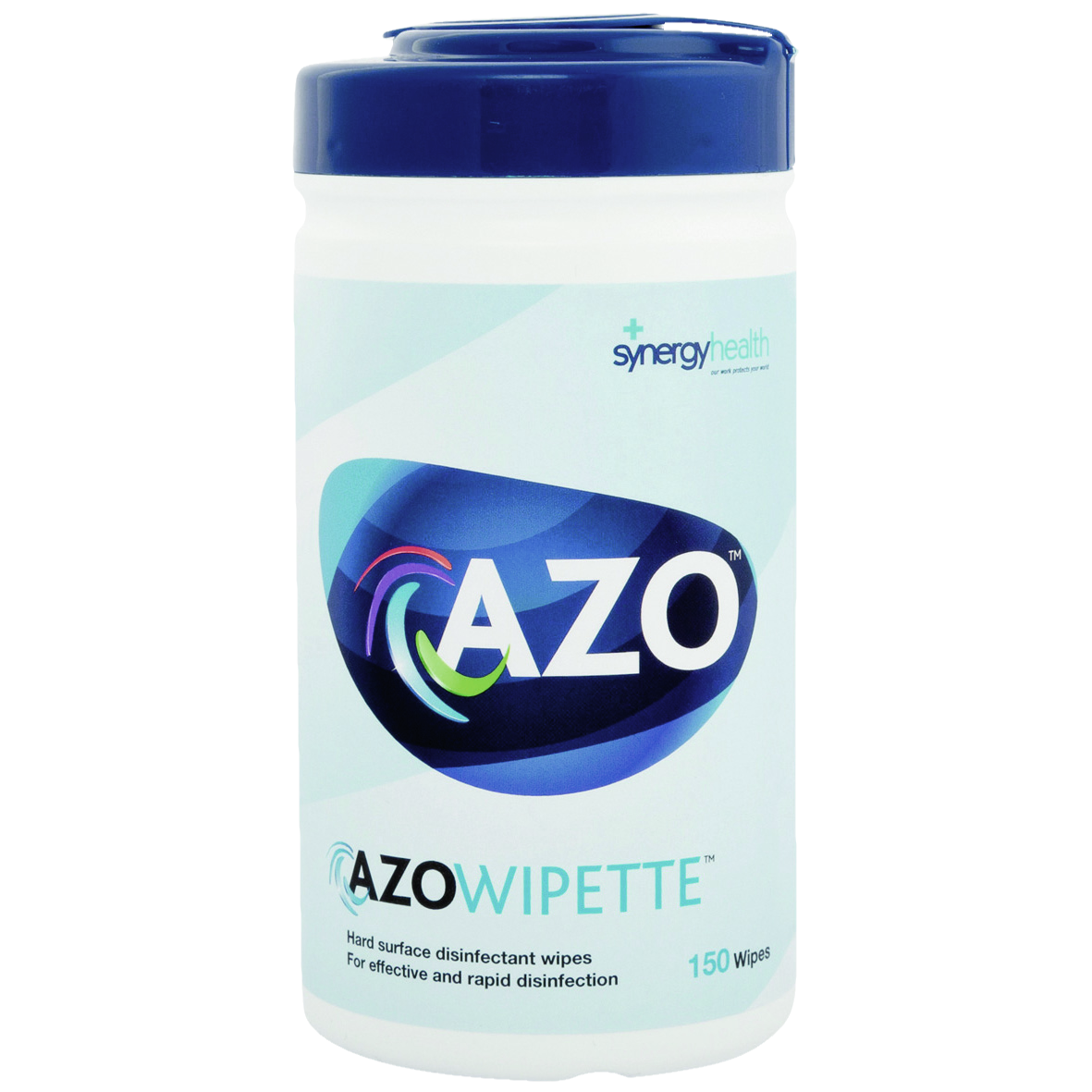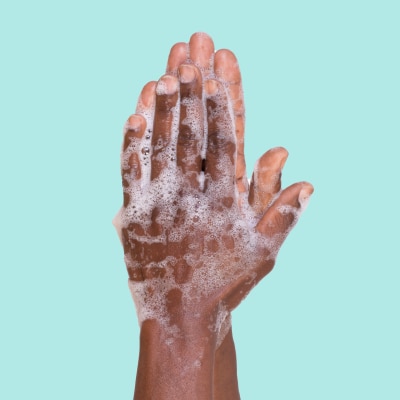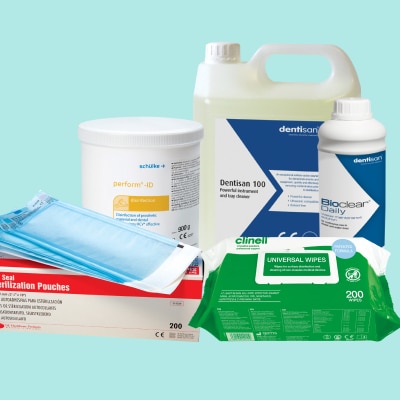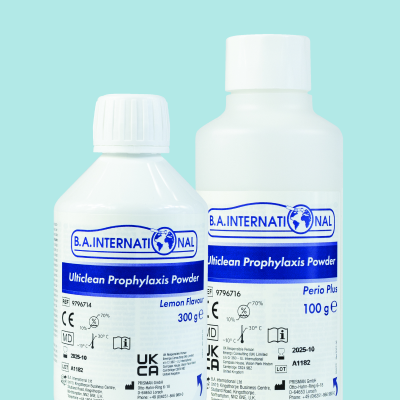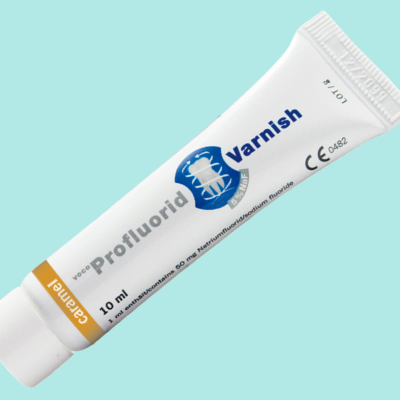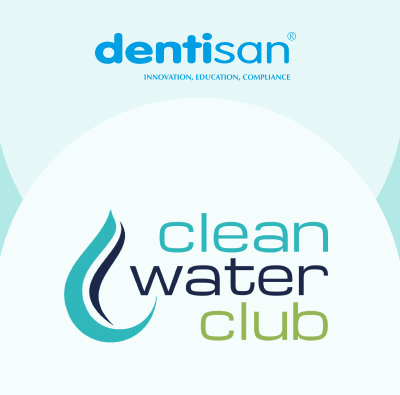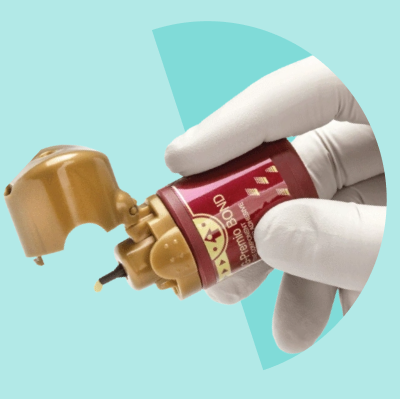Dental surfaces should be cleaned and disinfected between treating patients and at the beginning and end of each day. This is done to help prevent bacteria and viruses being transferred to patients and staff.
How Important is Surface Disinfection?
During treatment, all surfaces in a dental setting are at risk of becoming contaminated with bacterial and viral pathogens. This includes bacteria (such as TB), fungi, yeast and enveloped viruses such as Coronaviruses, HIV, HBV, HCV H1N1 and H5N1.
Transmission of these pathogens to patients or members of the dental team can happen either directly or indirectly (cross contamination). Studies have shown that the area potentially becoming contaminated during treatment practically encompasses the whole room.
And with many items temporarily or semi-permanently stored on work surfaces, the importance of maintaining these areas is vital. To combat this, disinfection should be made as easy as possible and ideally extend to all work surfaces.
Properties to Look for in a Disinfectant Wipe
The two most important characteristics of an effective disinfectant wipe are spectrum of activity and efficacy. Spectrum of activity relates to how many different viruses and bacteria the wipe can kill or inactivate. Efficacy relates to how efficiently the wipe kills and inactivates. The best disinfectants will be clinically proven against a broad range of microorganisms, such as bacteria, non-enveloped viruses, fungi and yeast. The wipes should also be compatible with a wide range of surface materials.
Other important considerations include:
- Contact time – The amount of time the disinfectant needs to remain in contact with the surface to kill or inactivate microorganisms
- Safety – is the wipe/spray safe for frequent use, and can it be disposed of without harming the environment?
How to Properly Use Disinfectant Wipes
Manufacturer instructions on contact time, dilution concentrations and technique should be followed always. Even in a one-stage process, it is recommended that surfaces first be wiped clean to remove any visible material before being wiped again to kill pathogens. Wipes should not be used across surfaces to avoid cross contamination.

What are the relevant surface disinfection guidelines?
When disinfecting dental surfaces it is important to be conscious of the following HTM 01-05 recommendations:
- All work surfaces where clinical care or decontamination is carried out should be impervious and easily cleanable.
- The dental practice should have a local protocol clearly outlining surface- and room-cleaning schedules.
- The use of disinfectant or detergent will reduce contamination on surfaces.
- The patient treatment area should be cleaned after every session using disposable cloths or clean microfibre materials – even if the area appears uncontaminated.
European EN standards tests related to spectrum of activity are also important to observe. These include:
- EN1276 and EN13727 - Pseudomonas aeruginosa, Staphylococcus aureus, MRSA, VRE, E.coli
- EN14476 - Norovirus, HIV, Hepatitis C, MERS Coronavirus, Influenza A H1N1
- EN1650/EN13624 - Candida albicans
- EN 14348 – mycobactericidal, tuberculocidal
Beware Cheap Disinfectants
Since the onset of the Coronavirus pandemic, lots of cheaper surface disinfectants began appearing on the market, especially via the internet. Many such products are unproven and can only claim limited efficacy against bacteria or simple viruses, rather than providing the broad spectrum microbicidal action required by dental practices. These products can also contain chemicals that can potentially damage surfaces and equipment, leading to unnecessary downtime and expense.
Kent Express Recommends
Wipes pre-saturated with the disinfectant of choice are convenient to use, disposable and require less storage space than sprays and bottles.
They also have the additional advantage of containing the optimum amount of disinfectant to ensure efficacy.
We recommend: Cyber Ultraclean Wipes
- Broad spectrum of efficacy against bacteria, yeasts and viruses
- Ready-to-use pH-neutral formula
- Dries virtually residue-free
- Short contact times for rapid action
- Alcohol-free
- No-quibble money-back guarantee as standard
Kent Express Recommends
Wipes pre-saturated with the disinfectant of choice are convenient to use, disposable and require less storage space than sprays and bottles.
They also have the additional advantage of containing the optimum amount of disinfectant to ensure efficacy.
We recommend: Cyber Ultraclean Wipes
- Broad spectrum of efficacy against bacteria, yeasts and viruses
- Ready-to-use pH-neutral formula
- Dries virtually residue-free
- Short contact times for rapid action
- Alcohol-free
- No-quibble money-back guarantee as standard

UltraClean Surface Wipes S Alcohol-Free Rfl 200pk
